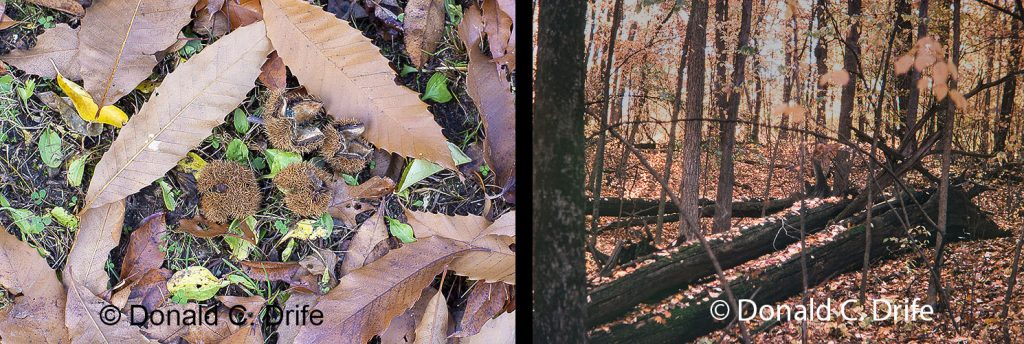
American Chestnut (Castanea dentata) was once a common tree in southeastern Michigan. Charles Otis in his 1925 book, Michigan Trees, gives the distribution as: “South-eastern Michigan, as far north as St. Clair County. Abundant in eastern Monroe County and Wayne County.” This changed in the 1930s when the Chestnut Blight (Cryphonectria parasitica), a parasitic fungus from Asia, reached Michigan, killing most of our mature trees. I have seen a few fruiting native American Chestnuts; most of the trees are small stump re-sprouts that seldom, if ever, produce fruit. In the 1970s, I could still find rotting Chestnut logs on the forest floor in some Oakland County woods. Trees planted farther north in Benzie, Leelanau, and Missaukee Counties have largely escaped the blight.
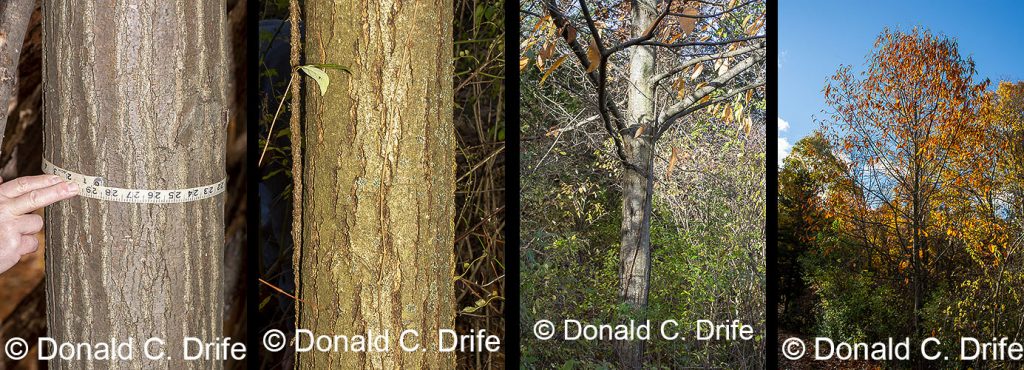
A friend sent me photographs of a fruiting Chestnut tree he found in northern Oakland County that he thought was an American Chestnut. He is a great woody plant guy. I found the tree from his directions (a location I agreed not to share) and it is an American Chestnut.
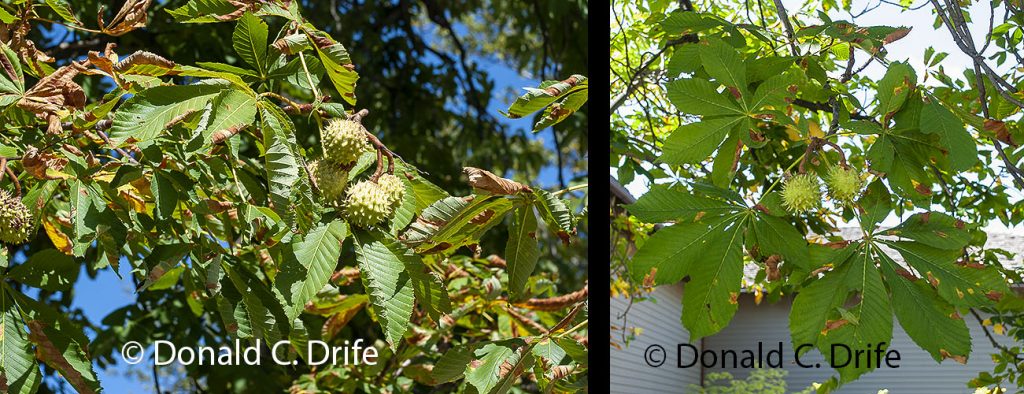
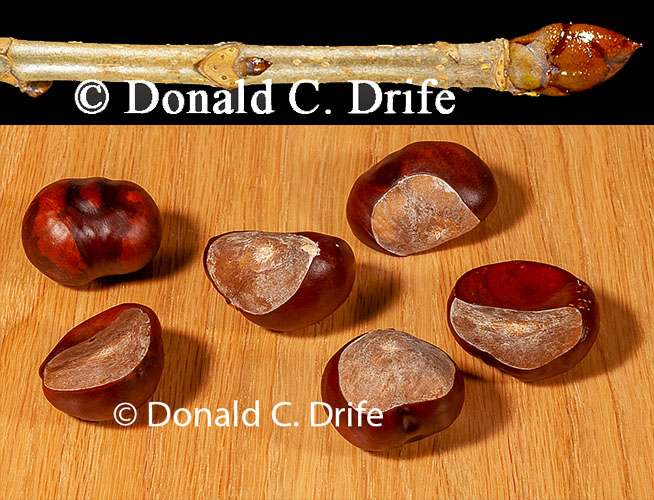
Most reports of Chestnuts are the unrelated Eurasian tree, Horse-chestnut (Aesculus hippocastanum). This illustrates the danger of using only common names. I know someone who was gathering a bushel of Horse-chestnuts each year from a large tree in his yard and shipping them to Michigan State University. Finally, he received a letter politely explaining that they had a “sufficient supply of seeds” and needed no more. Horse-chestnut has opposite, palmately compound leaves. The stout twigs have large, red, sticky, buds. This species does not resemble the true Chestnut. It is the “spreading chestnut tree” in Henry Wadsworth Longfellow’s poem “The Village Blacksmith.”

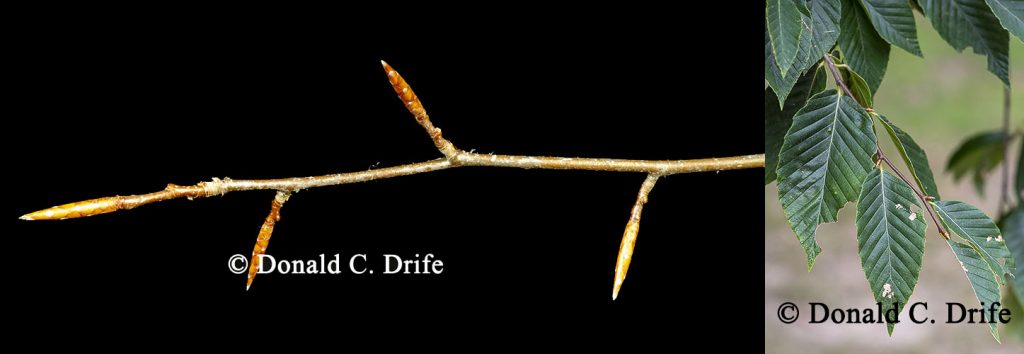
American Beech (Fagus grandifolia) leaves with their parallel veins and coarse teeth resemble Chestnut leaves. Beech leaves are smaller than Chestnut leaves and have finer teeth. Bristles often tip the teeth on Chestnut. If you can study the tree and not just the leaves, American Beech has tight, gray bark and long pointed leaf buds.
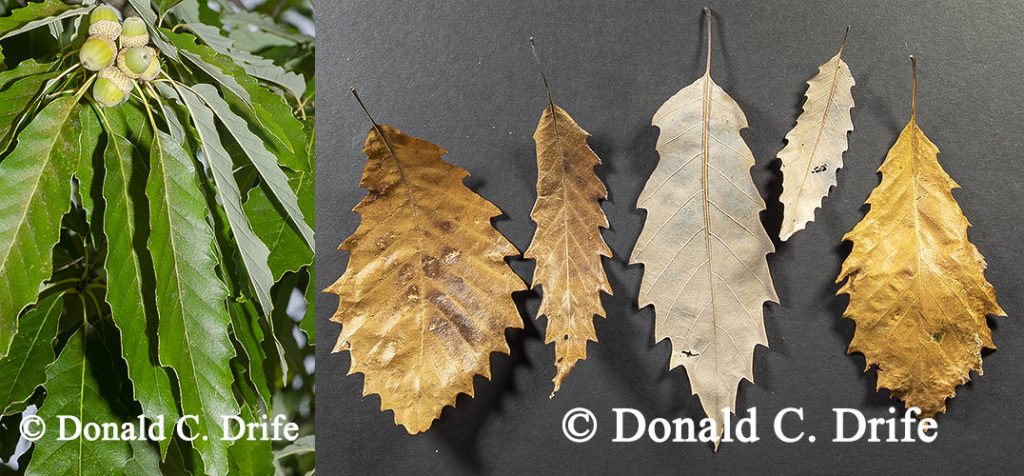
Chinquapin Oak also called Yellow Chestnut Oak (Quercus muehlenbergii) resembles American Chestnut, but the lower surface of the leaf is pale-pubescent. The leaves are coarsely toothed and the teeth never have awls.
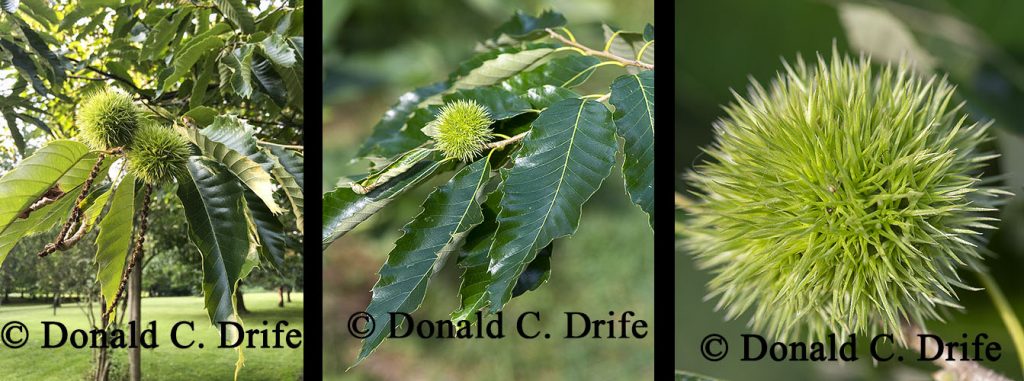
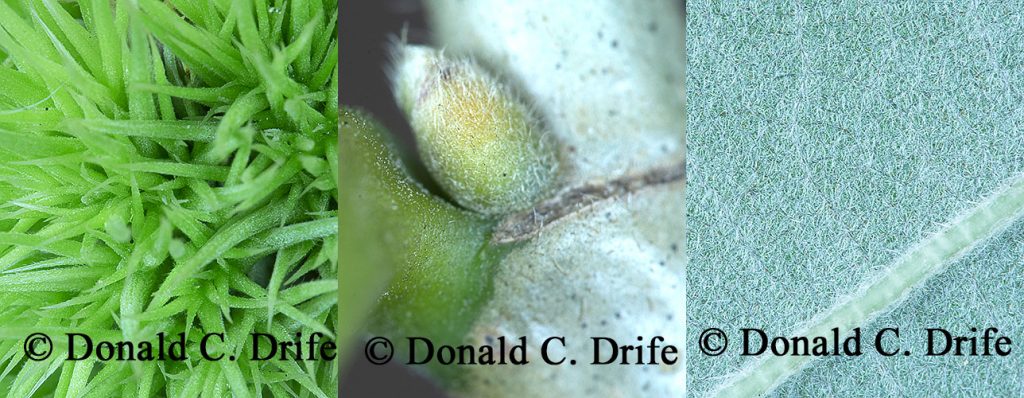
Chinese Chestnut (Castanea mollissima) is sometimes planted as a replacement for American Chestnut. It resists the Chestnut Blight. The undersides of its leaves are pubescent, and its buds are hairy. Hairs are also found on the spines of the nut coverings. Chinese Chestnut leaves are smaller than American Chestnut and have a squared off base with few teeth,
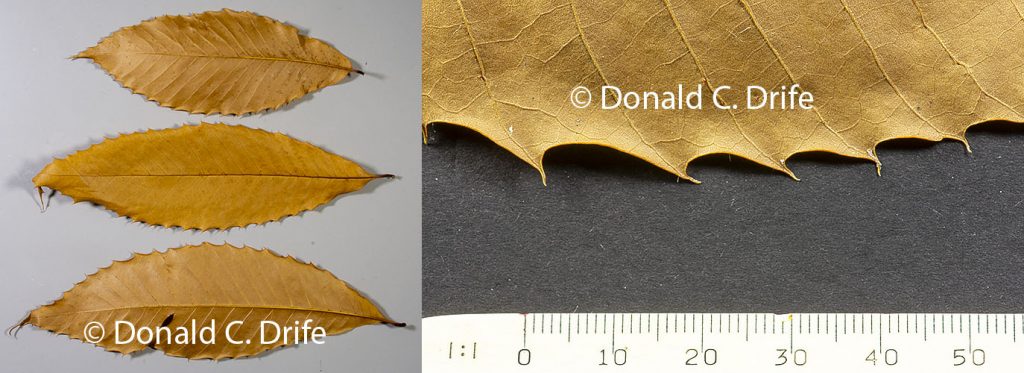
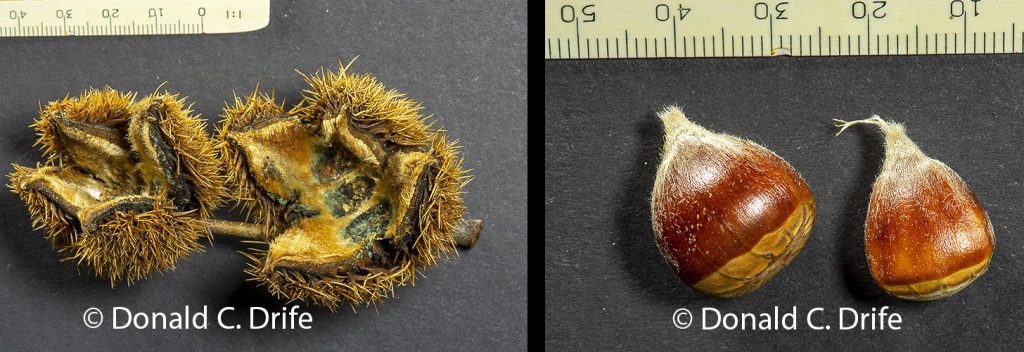
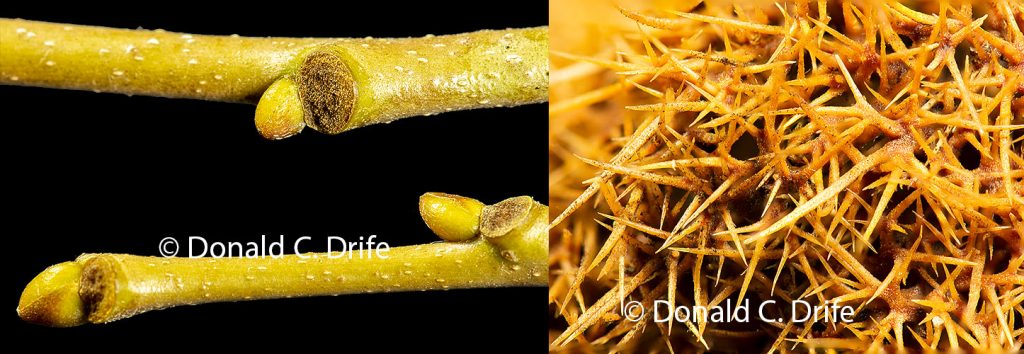
American Chestnut has the underside of the leaves smooth or with just a few hairs. The buds and nut spines are largely hairless. The leaves taper at both ends and are toothed to the leaf base with awl-tips. The leaves are larger than Chinese Chestnut. The American Chestnut Foundation has helpful hints for identifying American Chestnut.
Donald Peattie reminisces in his A Natural History of Trees: “from the upper slopes of Mount Mitchell, the great forest below waving with creamy white Chestnut blossoms in the crowns of the ancient trees, so that it looked like a sea with white combers plowing across its surface. Gone forever is that day;” I cannot imagine what that would look like.
Copyright 2020 by Donald Drife
Webpage Michigan Nature Guy
Follow MichiganNatureGuy on Facebook
